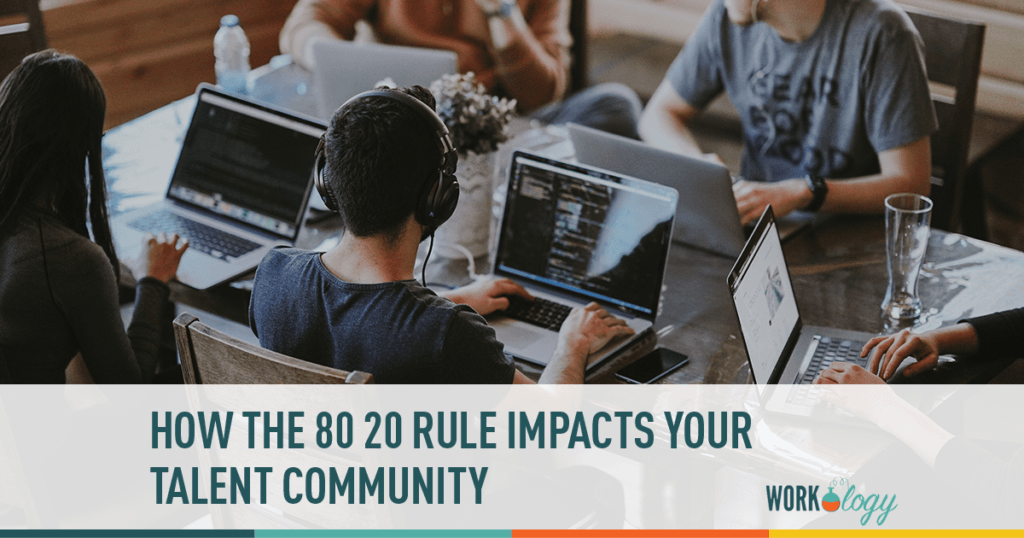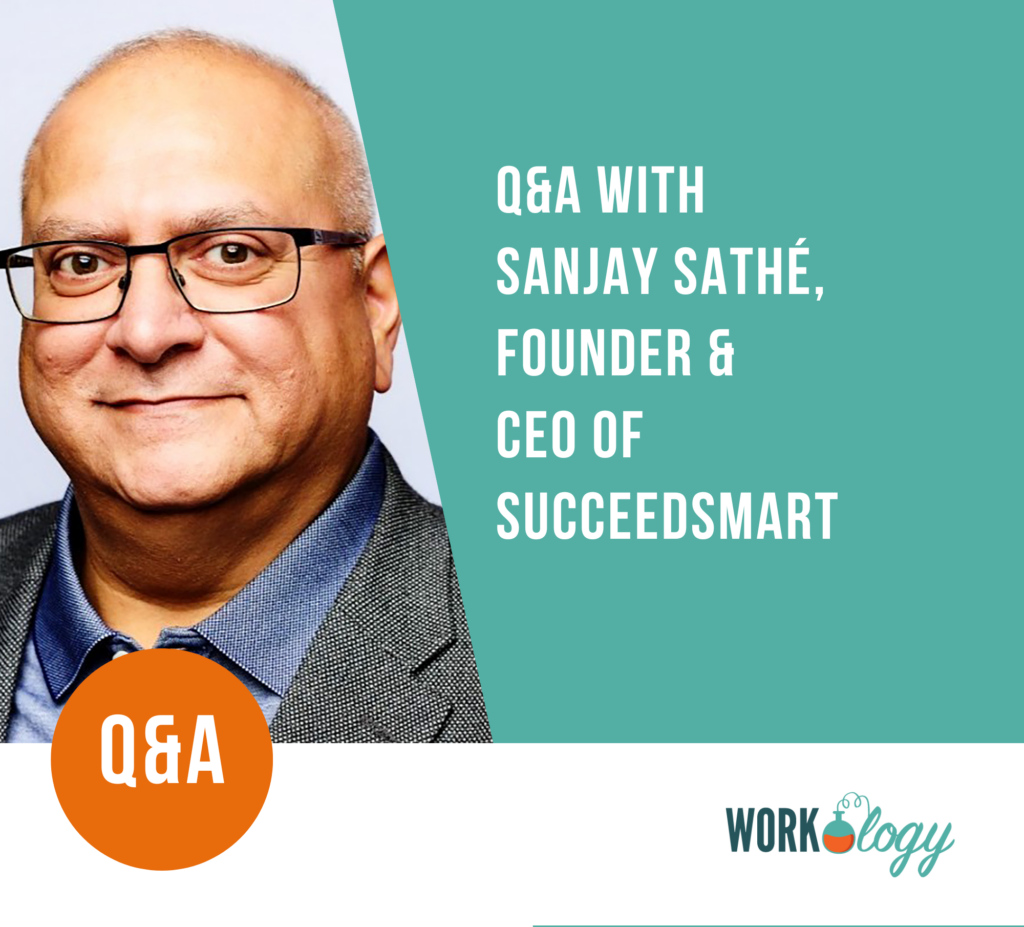This is the continuation of a four part series on talent communities. In Part 1, I discussed the four basic pillars for success when it comes to a talent community. Part 2 talks about the content hub and how blogs, conversations, and community engagement can help grow and build a talent community. Part 3 begins to discuss membership and how to grow members of your talent community.
Growing Membership in Online Talent Communities
As we discuss the interworkings of a talent community, we began looking at memberships & the group thresholds used as guidelines by Community Architects/Managers. While there is a second group threshold outlined by Dunbar as it relates to exclusivity: the “Exclusive” group, with over 150 active members; whereby in order to sustain, the community requires all of our time relegated for social interactions and so is, therefore, singularly consuming. This is typically seen in active employment groups where participation is linked to member survival; as opposed to voluntary talent communities. While achieving this size is possible, it’s extremely rare & most talent communities should be planned with a maturation number of 50-60 active members involved before planning a re-sectioning of the community into more focused groups.
Pareto Principle and the 80 20 Rule
It’s important to realize that the membership numbers and thresholds discussed have been that of active members; so mathematical power laws must be considered to determine overall group size. The most popular used are the Pareto Principle used in management consulting and it’s online equivalent, the 1% rule, which states:
- Pareto Principle: 20% of your community will create 80% of the activity that happens within it.
- 1% rule: 1% creates content, 9% reacts to it, and 90% lurks.
Following these numbers, let’s revisit the first number of focus for Community planners: the nine active members. According to the 1% rule, 900 members would be needed to achieve the ‘power users’ necessary to form the “community squad.” However, recently the BBC published data that, while still high, correlates more closely with my own experiences in community building; which suggests that perhaps the 1% rule is outdated. They present a new model of “participation choice” that follows four key forms: passive, easy reaction, easy initiation and intense participation.
Are the Success of a Community and Their Power Tied to Early Adopters?
In addition to being more closely aligned with my own observations & experiences in community building & management; it addresses something in an almost contradictory stance to previous beliefs: early adopters and community power users are not inextricably tied, one to the other. Their research showed 11% of early adopters were passive online, proving participation is a matter of choice; not the timing of adoption, nor level of proficiency/online literacy of the user.
Once group sizing is understood and the growth necessary to achieve community purpose has been planned for; then it is important to consider the number of relationships that an individual member can truly invest in. Dunbar suggests that the average group limits still holds true on an individual level; with layers mirroring the group layers of diminishing quality as the numbers increase: 5, 15, 50, 150, 500, 1500. Studies of network interaction on both Twitter & Facebook support this assertion. Dunbar maintains that most of the time spent on social networks/communities goes to that inner core of 5-15; for outer layers, it primarily acts as a gapstop for relationship decay in the group of around 150 connections unless the relationship is eventually taken offline in some fashion that allows for personal interaction & physical touch.
While there are exceptions to every rule, including this one; one lesson that could and likely should be taken from Dunbar’s assessment of the individual connections on social networks & community relationships is that scheduling meet-ups at conferences, creation of localized networking groups for the community group, and special events such as ‘hack-a-thons’ for IT professionals, group participation webinars or continuing education, etc. is especially important for optimal community cohesion, creation of professional relationships/social contracts that translates into group loyalty from members that every Talent Community could benefit from in the quest to keep it from becoming just another type of job board – valuable only when actively seeking for work.
Did you enjoy this post on Talent Communities? Please revisit Part 1 and Part 2, and Part 3. By following these guidelines, you will set your talent community up for long-standing membership success. Guaranteed!
Crystal Miller, known on Twitter as @theonecrystal is a builder of talent communities, addicted to Instagram, and avid social recruiter who also co-hosts a weekly radio show called Talent Net Live. Visit her blog, TheOneCrystal.com to learn more.











Comments are closed.